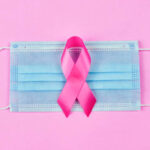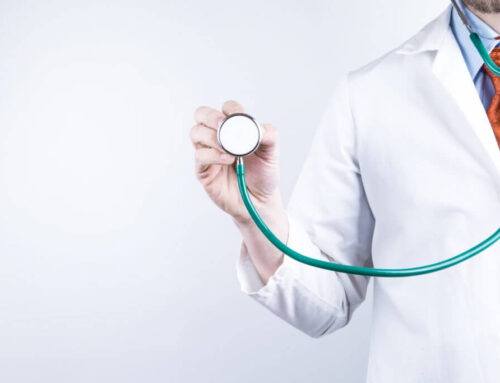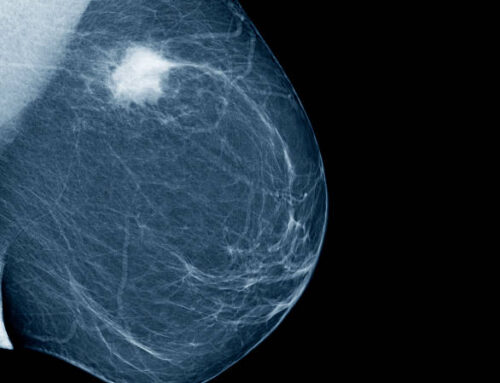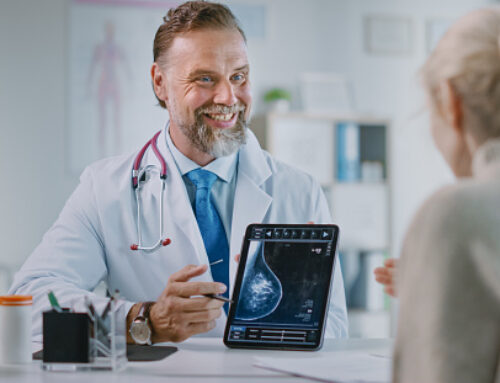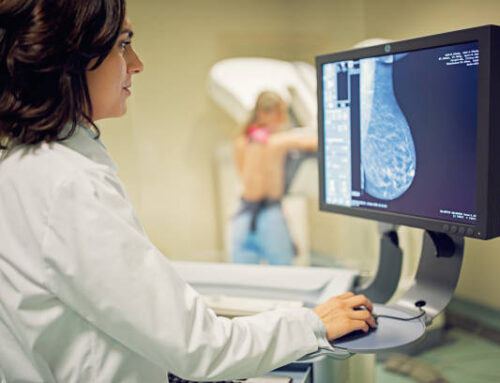One of the most important women’s health issues is breast cancer. According to statistics, 1 in 8 women in the United States gets diagnosed with it in their lifetime. Every year there are over 60,000 new cases of breast cancer detected in women, out of which over 12,000 are malignant cases. Therefore, it is necessary to get a mammogram every year to keep track of your health.
There are 2 types of mammograms, one is a screening mammogram which is for women who just want to get tested and have no visible symptoms. The other type is the diagnostic mammogram which is for women who have symptoms such as lumps and pain.
It is that time of year again when pink is everywhere, from illuminated buildings to NFL football teams to the countless walks and runs across America. And despite all the media attention surrounding Breast Cancer Awareness Month, women may be asking themselves, “Do I really need to have a mammogram?” Consider the following reasons why this could be the single most important test you get this year.
What is mammography?
Mammography is an X-ray of the breast, which is performed by compressing the breast between an X-ray plate and a plastic plate. This spreads the breast tissue apart, helping ensure minimal movement and a sharper image.
There are two types of mammograms, “screening” or “diagnostic.” Screening mammograms are used to look for cancer in women who are symptom free. Diagnostic mammograms are those done on women who have lumps or other symptoms.
A mammogram is an X-ray image of your breasts. It can be used either for breast cancer screening or for diagnostic purposes, such as to investigate symptoms or unusual findings on another imaging test.
During a mammogram, your breasts are compressed between two firm surfaces to spread out the breast tissue. Then an X-ray captures black-and-white images that are displayed on a computer screen and examined for signs of cancer.
Mammograms play a key role in breast cancer screening. They can detect breast cancer before it causes signs and symptoms. Mammograms have been shown to reduce the risk of dying of breast cancer.
A traditional mammogram creates two-dimensional images of the breast. A newer type of mammogram called a 3D mammogram (breast tomosynthesis) creates three-dimensional images of the breast. Many medical facilities offer the 3D mammogram in addition to the traditional 2D mammogram for breast cancer screening.
Why it is done
Mammograms are X-ray images of your breasts designed to detect cancers and other changes in breast tissue. A mammogram can be used either for screening or for diagnostic purposes:
- Screening mammogram. A screening mammogram is used to detect breast changes that could be cancerous in people who have no signs or symptoms. The goal is to detect cancer when it’s small and treatment may be less invasive.Experts and medical organizations don’t agree on when to begin regular mammograms or how often the tests should be repeated. Talk with your health care provider about your risk factors, your preferences, and the benefits and risks of screening. Together, you can decide what screening mammography schedule is best for you.
- Diagnostic mammogram. A diagnostic mammogram is used to investigate suspicious breast changes, such as a new breast lump, breast pain, an unusual skin appearance, nipple thickening or nipple discharge. It’s also used to evaluate unexpected findings on a screening mammogram. A diagnostic mammogram includes additional mammogram images.
Why should you get a mammography?
Women in America have a 1 in 8 chance of developing breast cancer over their lifetime. Early detection offers the best hope for catching a cancer early when chances for a cure are highest. That’s especially important for African American women, who have a greater risk for some aggressive types of breast cancers and are more likely than white women to die from the disease.
“Breast cancer screening and early detection save lives,” says Alexander King, MD, Regional Director of Breast Radiology for RWJBarnabas Health Southern Region, which encompasses Monmouth Medical Center, Monmouth Medical Center Southern Campus and Community Medical Center. “Physician organizations agree that annual screening mammography, beginning at age 40, will save the most lives
One out of every eight women in the United States will get breast cancer, and it’s the second leading cause of death among women after lung cancer. If that’s not reason enough for getting mammogram, consider these reasons.
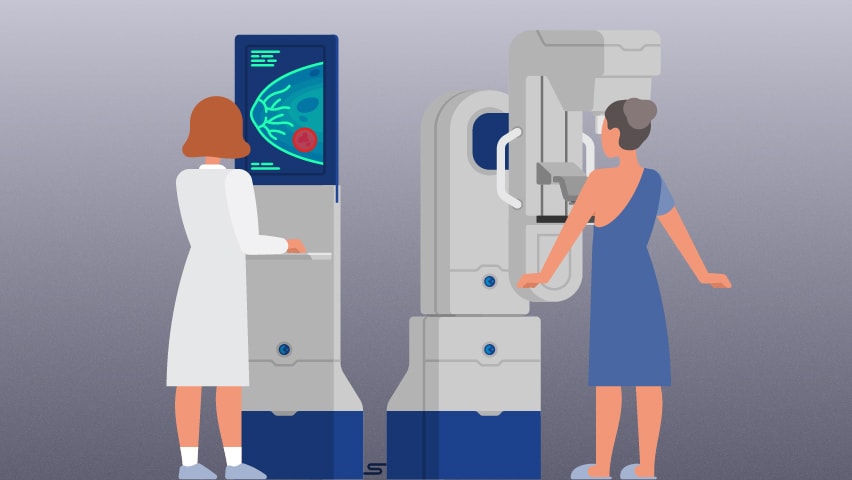
Mammograms Find Cancer You Can’t Feel
Mammograms are capable of detecting breast cancer before you are able to feel a lump. Monthly self-exams are important, but so is early detection. Mammography, all women receive a 3D mammogram, which is more likely to get it right the first time. 3D mammograms have greater accuracy and reduce the chance of being called back for additional testing by as much as 40%.
Breast Cancer Has a 99% Cure Rate When Detected Early
Mammograms cannot prevent you from getting breast cancer, but they can give you a fighting chance to beat it. When caught early, your survival rate is as high as 99%.
Early Detection Reduces the Risk of Needing a Mastectomy
When breast cancer is detected early, it is often possible to remove all of the cancerous cells with a procedure called a lumpectomy, rather than having to remove the entire breast.
You can get breast cancer even if it doesn’t run in the family.
“The most common misconception I hear from women is, ‘I don’t have a family history of breast cancer; therefore, I don’t need screening,’” says Dr. King. But 75 percent of women who are diagnosed with breast cancer don’t have a significant family history, he says.
That said, having a family history does elevate breast cancer risk. Plus, you can have an elevated risk due to inherited mutations in certain genes, including BRCA1 or BRCA2, which are especially common among certain populations such as Ashkenazi Jews and Black women.
20 Minutes Could Save Your Life
The mammogram procedure only takes about 20 minutes. How many things can you do in 20 minutes that will save your life?
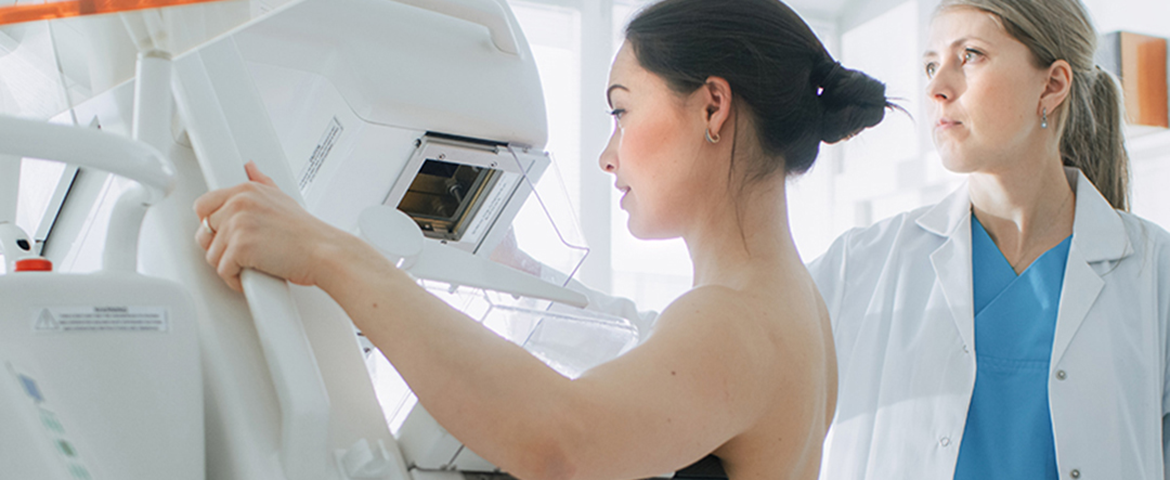
You are African American.
African American women are more likely to die from breast cancer when compared to white women of similar age. One reason is that, due to lower screening rates, their cancers are often caught at later stages, says Dr. King.
In addition to being under-screened, African American women tend to have more aggressive types of breast cancer, particularly triple-negative breast cancer (a type of cancer not fueled by the hormones estrogen and progesterone or the HER2 protein), for which there are fewer effective treatment options, says Dr. King. African American women are also twice as likely as non-Jewish white women to have dangerous BRCA gene mutations. Better outcomes start with regular mammograms.
You’re getting older.
Like many other health issues, your risk for breast cancer rises with age. Most breast cancers are diagnosed after age 40. “For every year that you live, you’re more likely to develop breast cancer in the next year,” says Dr. King.
BREAST CANCER HAS A 99% CURE RATE WHEN DETECTED EARLY
Mammograms cannot prevent you from getting breast cancer, but they can give you a fighting chance to beat it. When caught early, your survival rate is as high as 99%.
You started menstruation early—or menopause late.
Having your first menstrual period before age 12 or starting menopause after age 55 both increase your risk for breast cancer. That’s because they increase your lifetime exposure to estrogen. “In addition, never being pregnant and having your first child after age 30 increase your lifetime risk,” Dr. King says.
A mammogram may detect other issues.
Besides finding cancer, breast imaging can reveal other health problems that you and your doctor need to know about. “You can find breast abscesses on mammography and ultrasound,” says Dr. King. “Occasionally, we also diagnose lymphoma on a screening mammogram.”
Pamper Yourself
Comfortable, and luxurious visit from the moment you walk through our door. A mammogram experience at vpmimaging feels more like a day at the spa, including warm robes, a comfortable lounge area, soothing music, gourmet beverages, and snacks.
You skipped your mammogram last year.
Many people postponed checkups and screenings during the COVID-19 pandemic to avoid exposure to the virus at healthcare facilities. But the longer a breast cancer has had an opportunity to grow, the more dangerous it becomes. “The size of your cancer is a big determinant of your long-term survival,” says Dr. King. If it’s been more than a year since your last mammogram, be sure to book an appointment.
Mammograms Save Lives
Mammograms are the single best tool to find breast cancer at its earliest stages — long before you or your doctor can feel a lump. Having regular 3D mammograms performed by an experienced board-certified breast imaging specialist is the best way to detect abnormalities early.
You have dense breasts.
Breasts that contain a lot of fibrous or glandular tissue and little fat are considered dense. Dense breasts increase your risk for breast cancer, making regular mammograms particularly important.
Women with dense breasts sometimes require additional types of screening, says Dr. King. “They’re more likely to hide a cancer in their breast where a mammogram, which is a type of X-ray, might not see it,” he says. “An ultrasound of dense breasts may detect breast cancers that are not seen on a mammogram.” Ask your doctor or radiologist if your breasts are dense and whether you would benefit from supplemental screening.
10 other Reasons to Get a Mammogram Now :
- The risk of breast cancer increases significantly beginning at age 40 and continues to rise as you get older.
- Mammography has helped reduce breast cancer-related deaths in the U.S. by 30% since 1990.
- Mammograms find breast cancer on an average about 5 years earlier than you can feel it.
- Finding early-stage breast cancer allows more treatment options and a better opportunity for long-term survival.
- More than 3 out of every 4 women diagnosed (75-85%) have no family history or known risk factors of breast cancer. For this reason, mammography is a gold standard in cancer screening tests.
- Breast Center provides same-day results during business hours and performs additional imaging if needed.
- 3D mammograms detect breast cancer at an earlier stage with fewer false positives. 3D mammography has also improved our cancer detection rate by more than 50%.
- Connecticut has one of the highest rates of breast cancer in the country. This jarring fact is why our recommendations for breast cancer screening are slightly more proactive than those of some national organizations.
- Stamford Health is able to provide mammograms to anyone who is uninsured or whose insurance does not cover breast cancer screening, as long as you qualify. Ask your doctor.
- Stamford Health’s Breast Center was the first Accredited Center in the U.S. to be recognized by the National Accreditation Program for Breast Centers (NAPBC) and remains the only accredited program in the Stamford-Norwalk area. This level of excellence shows our commitment to your care.
What should you not do before a mammogram?

